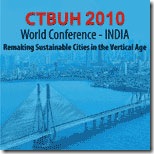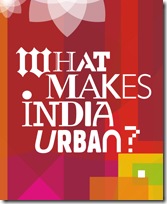At the United Nations Summit on Climate Change this morning, President Obama spoke about the importance of assisting developing countries on adaptation and technology. He also reiterated the need for developing countries with rapidly growing emissions to "commit to strong measures at home and agree to stand behind those commitments just as the developed nations must stand behind their own." Over the last several days, one of those nations – India – has made a number of dramatic moves in that direction.
India recently announced it would quantify the emissions cuts it will make under its ambitious National Action Plan on Climate Change (see my colleague Anjali Jaiswal’s blog.). Last Friday, India’s Environment Minister Jairam Ramesh explained in a talk at Columbia University that: "I am telling the world, because climate change is important for me… I am prepared to take on, voluntarily, unilaterally, mitigation actions as part of a domestic legislative agenda."

